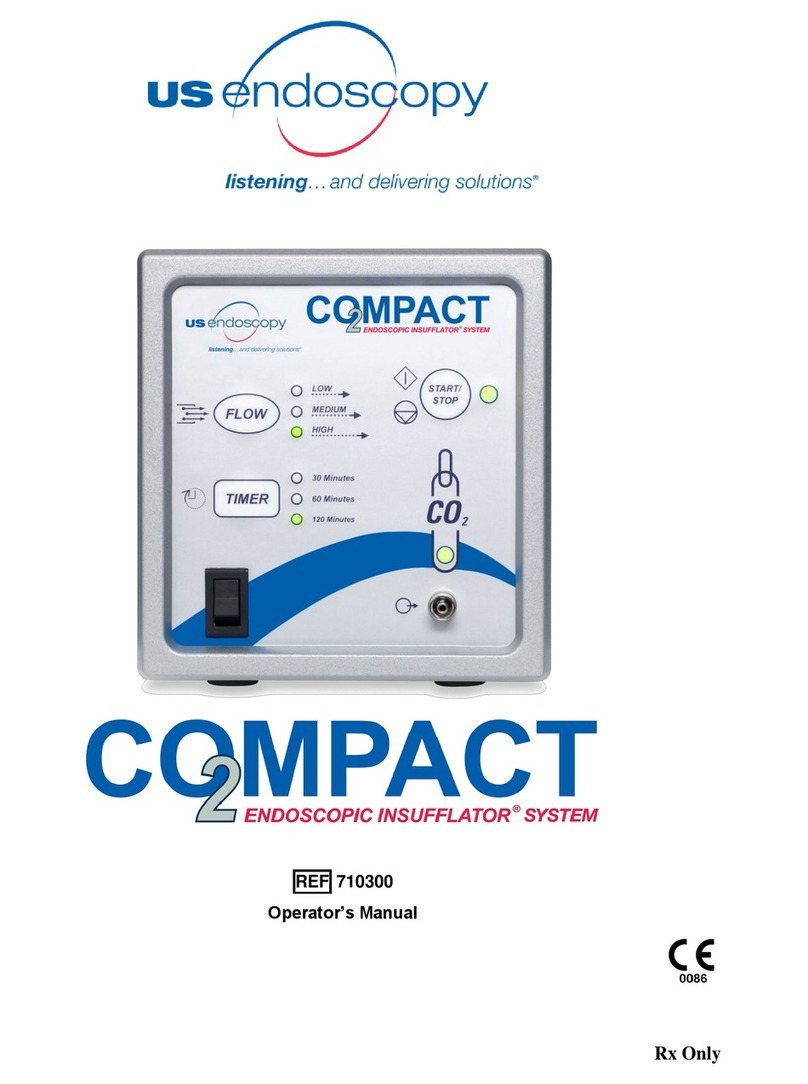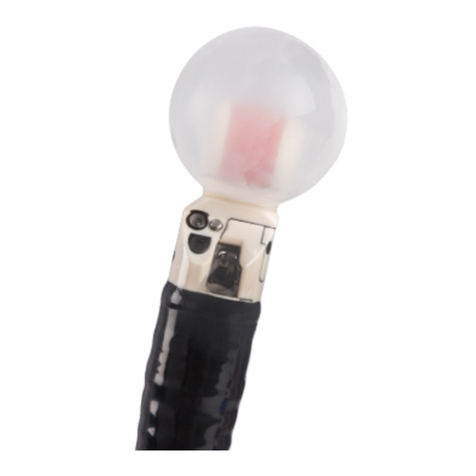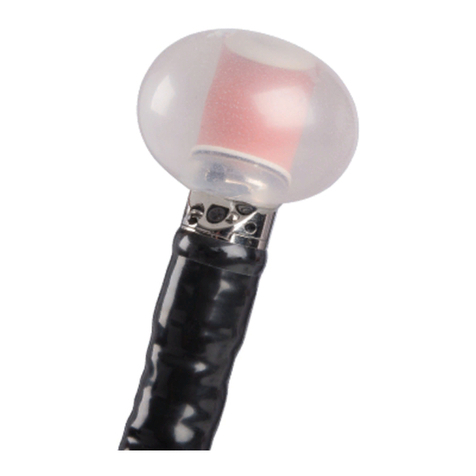TABLE OF CONTENTS
SECTION 1.0 UNPACKING AND GENERAL INSPECTION......................................................3
SECTION 2.0 INTRODUCTION.......................................................................................................4
2.1 INDICATION AND CONTRAINDICATIONS...........................................................................4
2.2 SAFETY FEATURES..................................................................................................................4
SECTION 3.0 THEORY OF OPERATION .....................................................................................5
SECTION 4.0 WARNINGS AND CAUTIONS.................................................................................6
4.1 WARNINGS.................................................................................................................................6
4.2 CAUTIONS ..................................................................................................................................7
SECTION 5.0 DESCRIPTION OF EQUIPMENT...........................................................................8
5.1 SPECIFICATIONS.......................................................................................................................8
5.2 ELECTRICAL REQUIREMENTS ..............................................................................................8
5.3 UL EQUIPMENT CLASSIFICATION........................................................................................9
5.4 ENVIRONMENTAL REQUIREMENTS ....................................................................................9
SECTION 6.0 FRONT PANEL CONTROLS.................................................................................10
SECTION 7.0 REAR PANEL CONTROLS ...................................................................................12
SECTION 8.0 HIGH PRESSURE HOSE AND YOKE ASSEMBLY ..........................................13
SECTION 9.0 ASSEMBLY PRIOR TO USE.................................................................................14
9.1 PREPARATION.........................................................................................................................14
9.2 ELECTRICAL CONNECTIONS...............................................................................................14
9.3 CO2HOSE CONNECTIONS .....................................................................................................15
SECTION 10.0 SETTING-UP FOR THE PROCEDURE...............................................................17
10.1 POWER ON AND GAS SUPPLY INDICATOR.......................................................................17
10.2 PREPARATION TEST ..............................................................................................................17
10.3 TUBING SET CONNECTION ..................................................................................................18
10.4 SETTING MODE OF OPERATION..........................................................................................18
10.5 RESET CO2VOLUME ..............................................................................................................18
10.6 CONNECTION TO ENDOSCOPIC SYSTEM..........................................................................18
10.7 SYSTEM SET-UP......................................................................................................................19
10.8 CO2VOLUME DISPLAY..........................................................................................................20
10.9 TERMINATING GAS FLOW & SHUT-DOWN PROCEDURES............................................20
SECTION 11.0 DECONTAMINATION, CLEANING AND STORAGE......................................21
11.1 MAINTENANCE CHECKS.......................................................................................................22
11.2 CUSTOMER SERVICES AND ORDERING INFORMATION...............................................24
11.3 WARRANTY .............................................................................................................................24
11.4 CERTIFICATION OF NON-CONTAMINATION....................................................................24
SECTION 12.0 CERTIFICATE OF NON-CONTAMINATION ...................................................25
SECTION 13.0 TROUBLESHOOTING GUIDE.............................................................................26
SECTION 14.0 EMC TABLES.........................................................................................................333






























